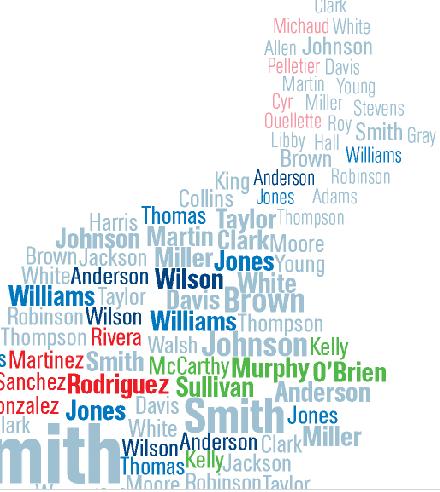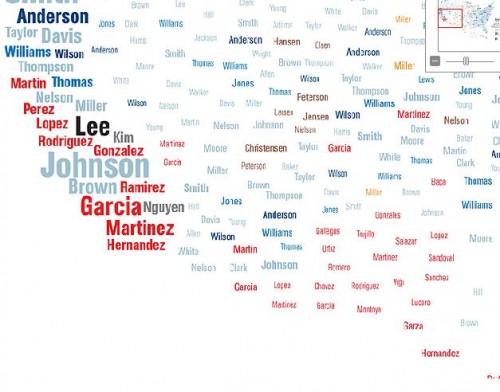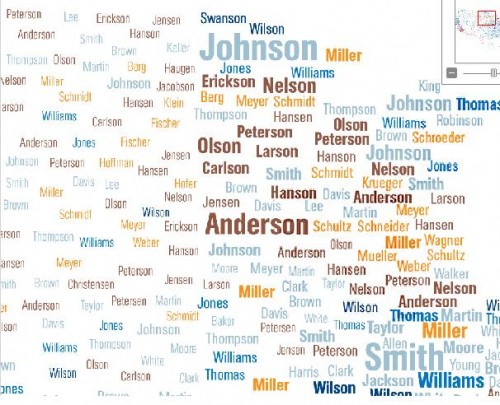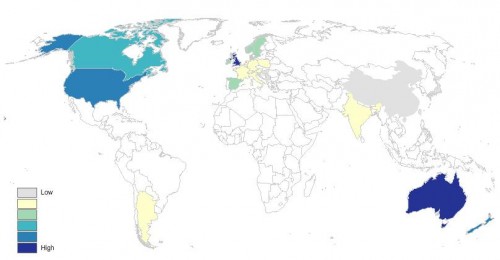Coverage of the Egyptian protests this week disproportionately interviewed and photographed male protestors, occasionally using the terms “Egyptian men” and “protestors” interchangeably (excellent example here). What images we did receive of women depicted them as separate from the demonstrations if not dependent on male guardianship. The paucity of images or stories about women activists excludes them from the national uprising and silences their protests.
Outside of the mainstream media a widely circulated photo album, available to anyone with Facebook, collected over a hundred pictures of Egyptian women demonstrating. Curation of this album during the internet blackout, when nearly all images were filtered through the media, serves as a testament to the value of diaspora and transnational networks. Additionally, placing these images side by side becomes a powerful counter to women’s media invisibility and highlights diversity of backgrounds, opinions, and forms of protest undertaken by Egyptian women.
It might be worth nothing that we’re seeing more stories about women since a You Tube video (below) of a woman calling for people to join her in protest on January 25th caught the attention of the media. Namely this excellent NPR story and an AFP article. Lastly, anyone interested in social media should visit this Facebook group.
April Crewson is completing her masters in Gender Studies at the School of Oriental and African Studies, University of London.












